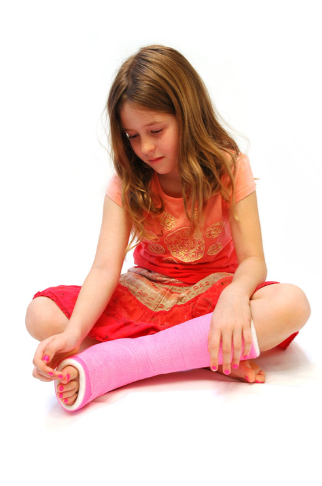Often when I say, ‘I’m a physio.. But i work with kids’, they reply with, ‘oh, what do they need to see a physio for?’
People generally have a good understanding of what a physio does with adults, but are surprised to hear that a physio can choose to work only with children! When really, it’s for the same things, to build strength, balance, and improve function!
Paediatric physios are physiotherapists who work solely with children from birth, during childhood and adolescence, up until the age of 18.

Children are not just mini-adults and therefore require a specialised approach to their care. Physiotherapists who work in paediatrics often have additional experience, sound knowledge of child development, and understand the impact of growth on the musculoskeletal and respiratory systems.
Sessions with paediatric physios still utilise the skills used with adults, to identify, assess and diagnose concerns or injuries. Except when it comes to treatment, we make it fun by adding in a little dash of play! Our programs are targeted towards the parents or child goals, to enable them to move, participate and play in everyday activities.

Some of the things that paediatric physiotherapists can help include:
- Babies and children who are slower to achieve their motor milestones, eg: babies who are late to learn to sit, crawl or walk
- Babies and/or children who may use unusual patterns for mobility eg: w-sitting, bottom shuffling or toe walking
- Toddlers and babies who are clumsy or seem uncoordinated
- Babies with conditions affecting their bones, joints or muscles, such as Plagiocephaly (flattened head shape), torticollis (tight neck muscles), clubfoot, flat feet
- Common musculoskeletal issues (eg: Sever’s Disease, patellofemoral pain)
- Children who are having difficulty with gross motor skills, such as jumping, hopping or throwing and catching
- Children with disabilities such as cerebral palsy, Down Syndrome, autism, brain injury, muscular dystrophies, or other congenital syndromes or conditions such as Ehlers Danlos.
- Children following an injury or surgery who require rehabilitation to get them back to independence or resuming sport.
- Children with chronic respiratory conditions such as cystic fibrosis, Ataxia telangiectasia, bronchiectasis etc.



